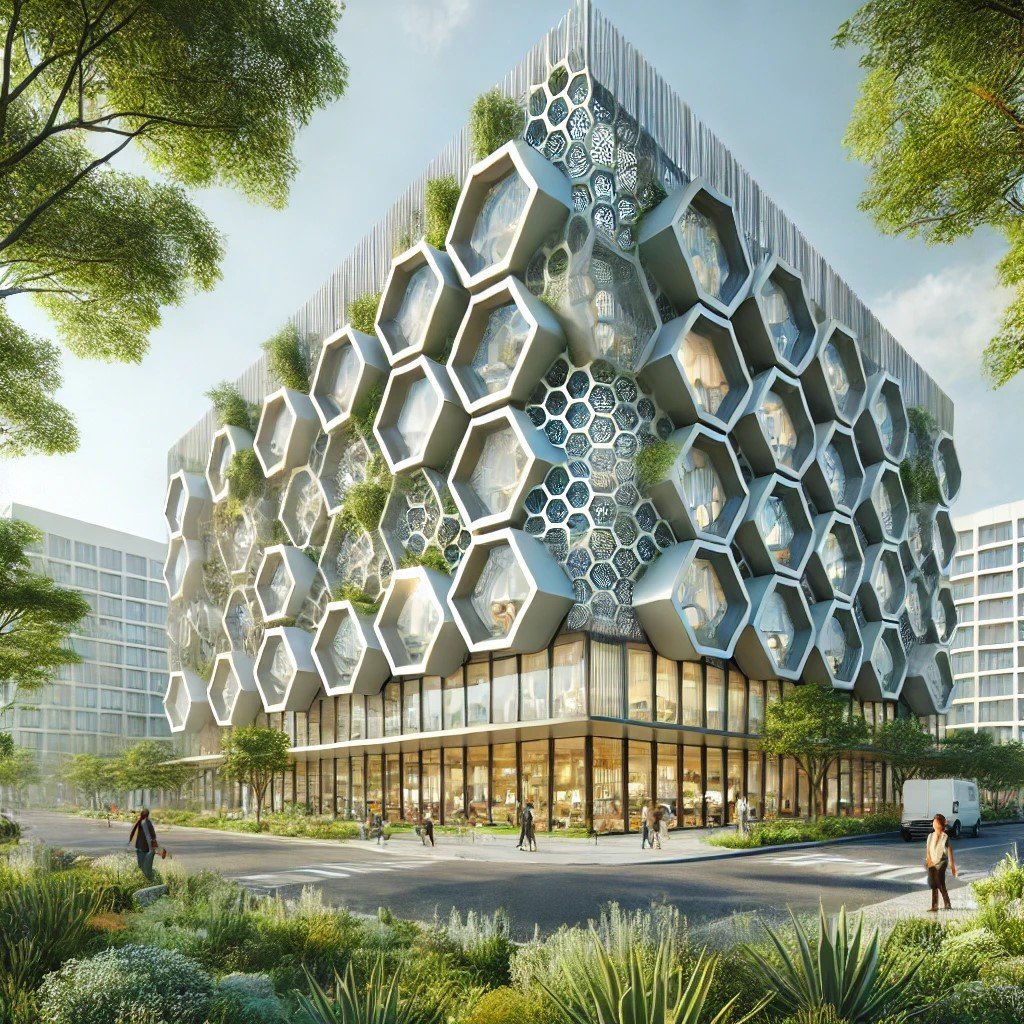How Nature Inspires Eco-friendly Building Techniques: Biomimicry in Construction
Nature has always been a masterful engineer. From the intricate design of a beehive to the robust structure of a bamboo stalk, the natural world offers a blueprint for sustainable innovation that has the power to transform our built environment.
Biomimicry, the practice of emulating nature’s best ideas to solve human problems, is not just a trend but a necessary shift in the way we approach construction and design.
The Principles of Biomimicry
Biomimicry is based on the idea that nature has already resolved many challenges we face today. Natural materials, structures, and systems exemplify resilience, efficiency, and sustainability. By leveraging these natural solutions, architects and engineers can boost building sustainability and minimize environmental impact.
Case Studies of Biomimicry in Construction
Bangkok International Airport (Suvarnabhumi), Bangkok, Thailand
The airport's roof is designed to mimic the shape of a lily pad, which helps collect and channel rainwater for use throughout the terminal, reducing the strain on local water resources.
The Eden Project in Cornwall, UK
The biomes of the Eden Project, designed by Nicholas Grimshaw, are large structures inspired by the natural shapes of soap bubbles and spider webs. These lightweight structures cover a wide area without internal supports, saving space and reducing the use of materials.
The Eastgate Centre, Zimababwe
Architect Mick Pearce was inspired by the self-cooling mounds of African termites. This design allows the building to stay cool naturally, even in Zimbabwe's hot climate, without air conditioning. Compared to similar-sized traditional buildings, this design reduces the building's energy use by over 90%.
Helix Hotel, Abu Dhabi, UAE
Designed to mimic the spiraling growth pattern of seashells and the reactive skin of sea cucumbers, this hotel design focuses on passive solar energy and natural cooling, adapting dynamically to its environmental and occupancy conditions.
Benefits of Biomimicry in Construction
Energy Efficiency Using design principles from nature leads to buildings that require less energy to heat and cool, optimizing light and heat from the sun much like a forest canopy.
Material Efficiency Biomimicry encourages the use of materials in a way that mimics natural processes, resulting in less waste during construction and operation.
Resilience Learning from nature’s mechanisms, like the flexibility of bamboo in a storm, can lead to buildings that better withstand natural disasters.
Aesthetic and Functional Harmony Biomimetic designs often seamlessly integrate with their surroundings, enhancing the aesthetic value and the functional use of the space.
Integrating Biomimicry into Modern Construction
To integrate biomimicry into modern construction, stakeholders across industries must collaborate—from architects and engineers to environmental scientists and local communities. This interdisciplinary approach can ensure that the projects are not only inspired by nature but also beneficial to both people and the planet.




